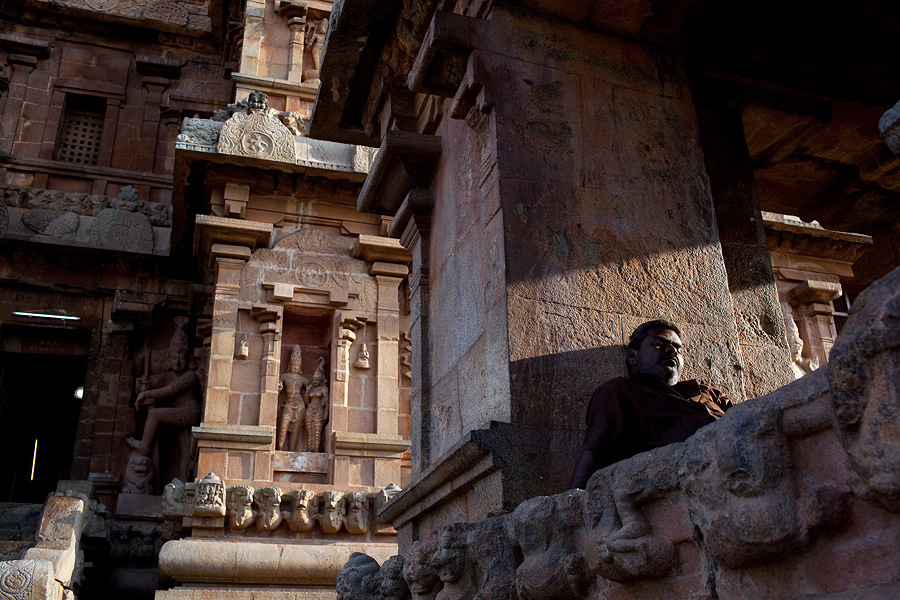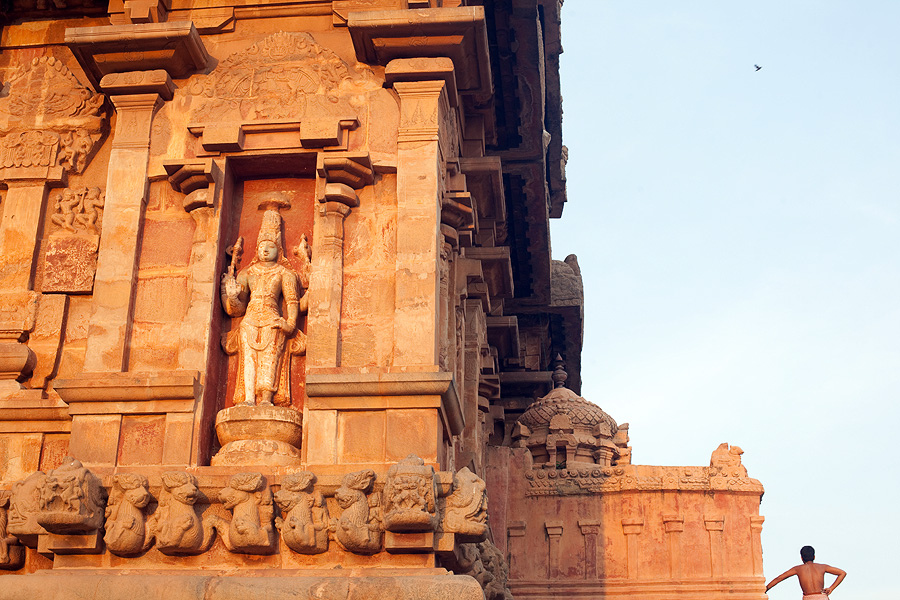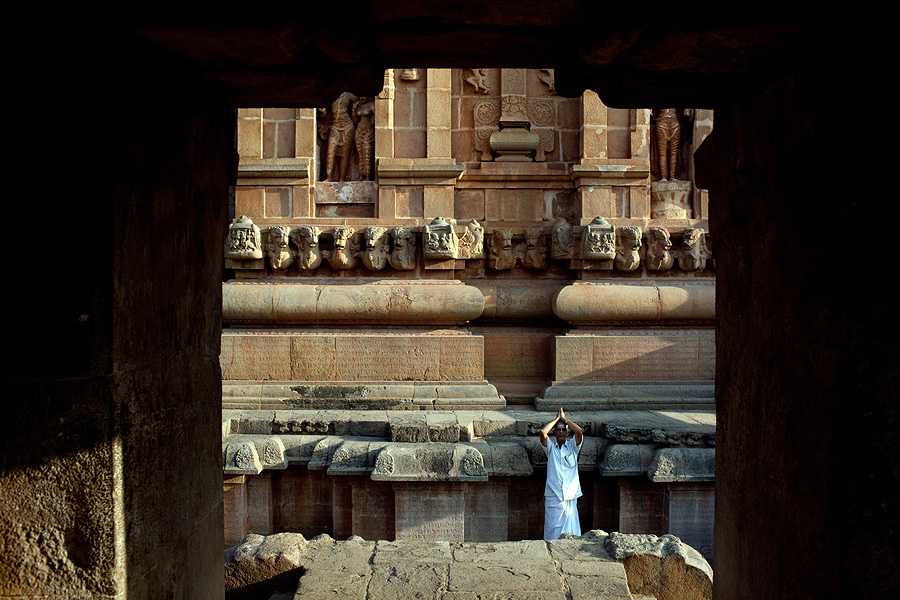(…) The earliest appearances of this style of religious art and architecture in India date-significantly-from the Gupta Period, the reign of Chandragupta II (r. 378-414), whose dates include-as pointed out in my Oriental and Occidental volumes – those of the Byzantine Emperor Theodosius the Great (r. 379-395), whose anti-pagan edicts initiated an exodus of intellectuals on all levels-priests, philosophers, scientists, and artists–eastward into Persia and to India. The demonstrations by Hermann Goetz of literally hundreds of correspondences between the Roman-Syrian art and culture forms and those that abruptly appeared in India at this time bear ample witness to what occurred. A golden age of Hindu and Buddhist art, literature, and temple architecture dawned, which from the fifth to mid-thirteenth centuries displayed many of those forms of mythology and worship that were being suppressed during the same centuries in the West
It is a pity that no further cross-cultural studies have yet been undertaken of the consequences of the great Theodosian crisis, tracing, on one hand in Gupta India and subsequently Tang China, and on the other hand in the underground heretical movements and witchcraft epidemics of semi-Christianized Europe, the two branches of the one vastly outspread mystery tradition, the most ancient stem and roots of which are to be recognized in Hellenistic Egypt, Syria and Asia Minor. (…)
***
(…) Najwcześniejsze przykłady tego stylu religijnej sztuki i architektury w Indiach datują się, co znamienne, – na okres Guptów, panowanie Chandragupta II ( 378-414 ), które to daty zawierają – jak wskazałem w moich tomach o mitologii Wschodu i Zachodu – okres panowania bizantyjskiego cesarza Teodozjusza Wielkiego ( 379 – 395 ), którego anty-pogańskie dekrety rozpoczęły ucieczkę intelektualistów z każdej sfery – kapłanów, filozofów, naukowców i artystów – na wschód, do Persji, i dalej do Indii. Wykazane przez Hermanna Goetza dosłownie setki podobieństw i współzależności między rzymsko-syryjską sztuką i kulturowymi formami , a tymi które gwałtownie pojawiły się w Indiach w tym właśnie czasie dają wystarczające świadectwo tego co się stało. Złota era hinduskiej i buddyjskiej sztuki, literatury i architektury świątynnej rozpoczęła się, i na przestrzeni długiego czasu od piątego aż po połowę trzynastego wieku objawiła wiele z tych form mitologii i kultu jakie na Zachodzie w tych samych wiekach zostały zakazane.
Szkoda, że nie podjęto jeszcze dalszych międzykulturowych studiów nad konsekwencjami wielkiego teodozjańskiego kryzysu, śledząc je z jednej strony aż w Indiach Guptów i później Chiny dynastii Tang, a z drugiej w podziemnych, heretyckich ruchach i epidemiach magii w na wpół schrychtianizowanej Europie, dwóch gałęziach jednej szeroko rozpościerającej się tajemnej tradycji, która wiedzie głęboko wstecz, z korzeniami w hellenistycznym Egipcie, Syrii i Azji Mniejszej (…)
Joseph Campbell, Masks of God, part 4 : Creative Mythology, p. 169
[ Thanjavur, Tamil Nadu ]



